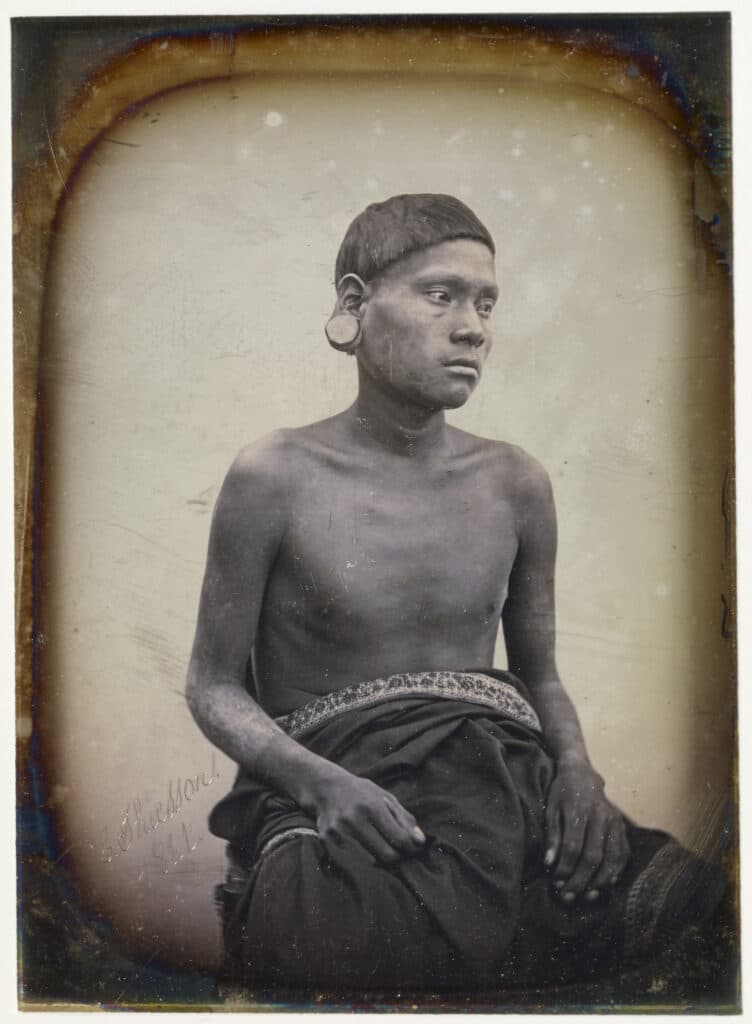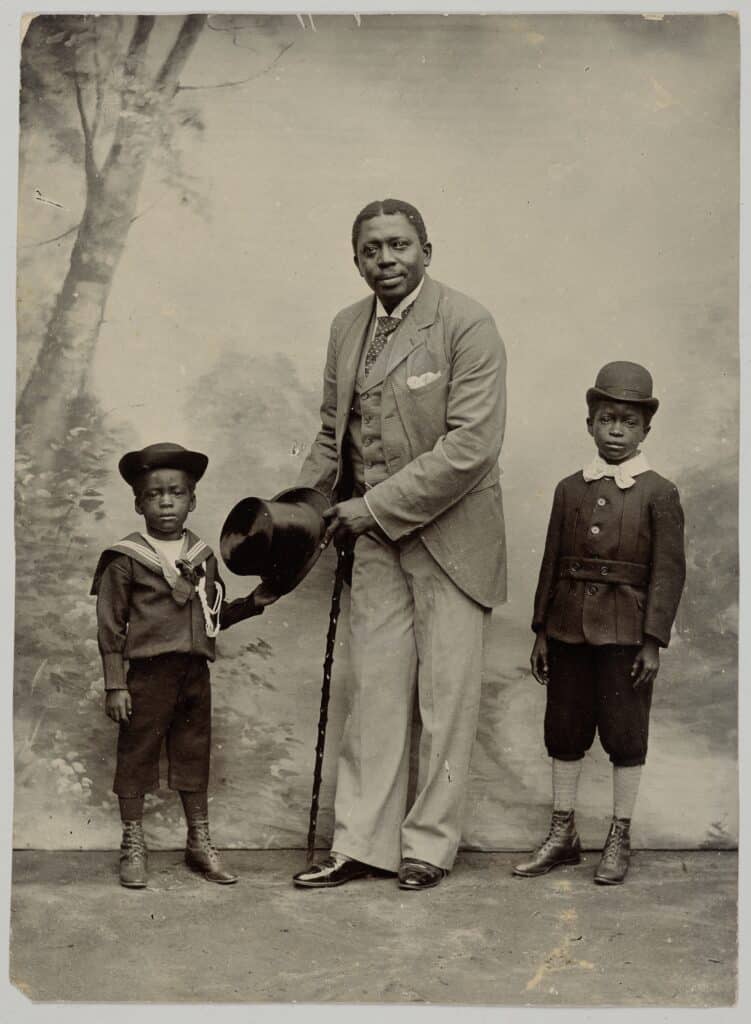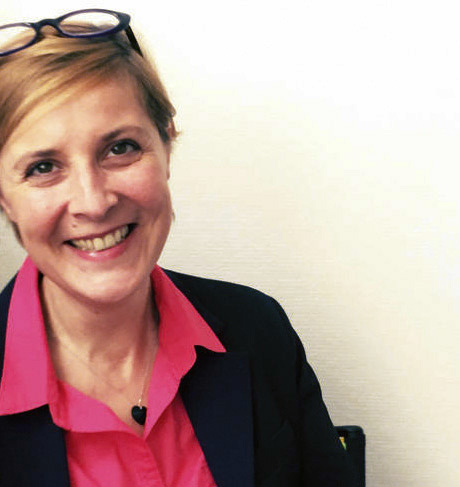Dedicated to the cultures of Africa, America, Asia, and Oceania—in other words, the non-European world—the Musée du Quai Branly-Jacques Chirac, in Paris, boasts a photographic collection of over 700,000 items. This is the largest collection of the institution which also houses some 300,000 objects, sculptures, etc. While the exhibition includes a few items on loan from private collectors (such as Serge Kakou) and other institutions (including the Bibliothèque Nationale de France), the 300 pieces in An Early Album of the World are mainly from the museum’s own.
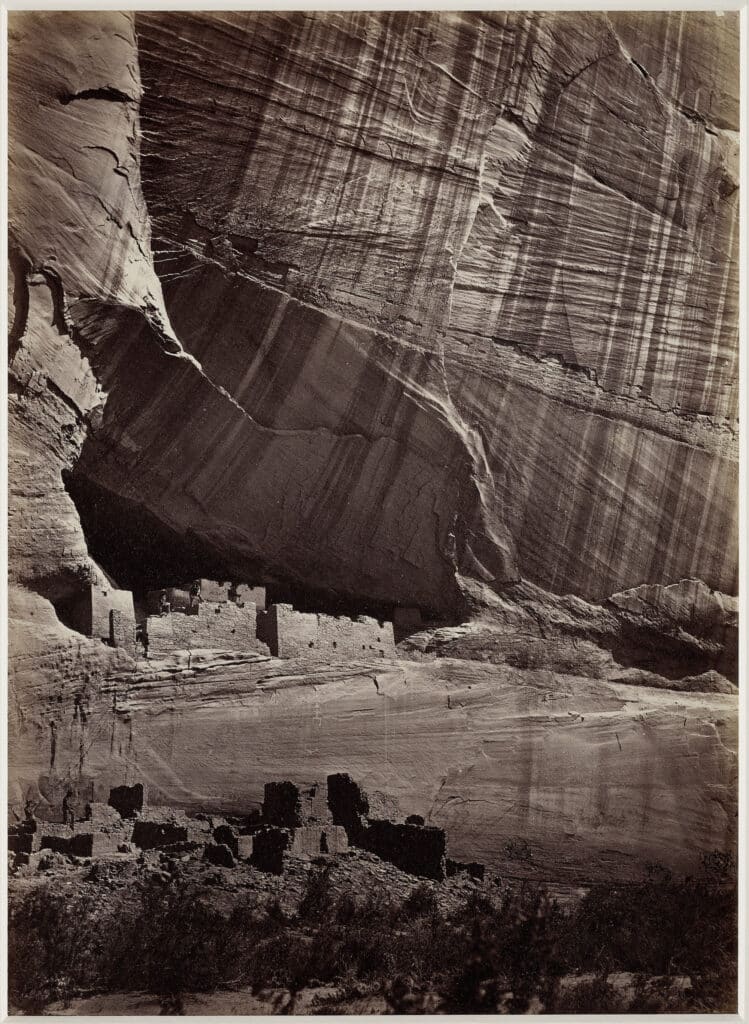
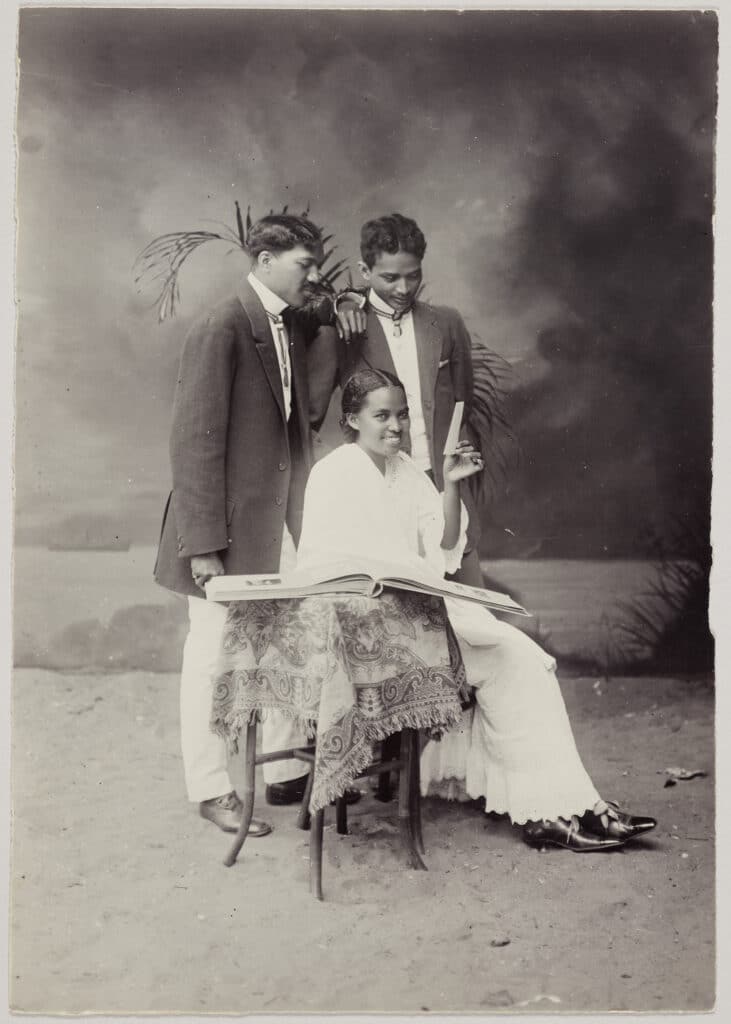
101 photographers on show
One of the challenges of the presentation is to highlight the singularity of this collection, which is distinguished by the proportion of non-European authors. “Among the 101 photographers on show, 52 are Westerners and 49 are indigenous. This near-parity was made possible by the rise, over the last decade, of acquisitions of works by artists from the four continents,” explains Christine Barthe, head of the heritage unit at the Quai Branly’s photographic collection and co-curator of the exhibition with Anabelle Lacour, head of the photographic collection.
The other aim of the exhibition is to show how, less than three years after its invention, photography had begun to spread around the world, first through Western influence, but very quickly by the efforts of the locals themselves, notably in Iran, Japan, and India. “Many people around the world were curious to see how photography worked,” noted the curators. In those three countries, the ruling elites were fascinated by the medium and contributed to its development.
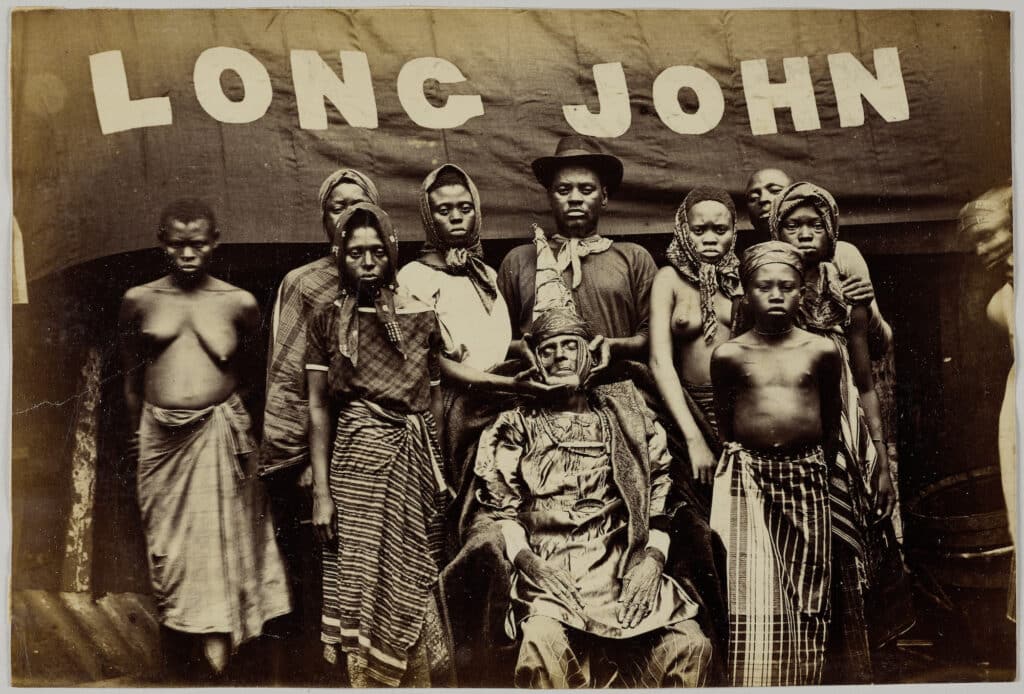
From portrait to documentary photography
Once trained—for example, in Europe, during diplomatic visits—local photographers took hold of the new technique, each bringing to it the specificity of their own culture: for example, in a large-format portrait of an anonymous Indian maharaja, enhanced with brightly-colored gouache, dating from 1910–20
As in the West, from the outset portraiture played an important role in other parts of the world. From the 1860s onwards, photo studios sprang up in major cities, notably in Australia and West Africa. “The images produced corresponded to the demands of the tourist market hungry for exoticism, while at the same time attracting wealthy local customers who came to be photographed,” explain the curators.
The exhibition also includes some fine prints of American Indian chiefs from the 1870s, made by Alexandre Gardner and other unknown artists. Overall, the quality of the conservation of the prints on display is remarkable. The variety of formats, from minuscule to oversize, including panoramas combining several images, makes for a lively tour.
Landscapes also feature prominently in this vast collection. As the curators explained, “right from the start, the production was diverse, responding to different demands and a variety of contexts.” For example, some shots were taken for aesthetic purposes and/or as “souvenirs.” They are the work of the first travelers, who can be described as explorers or adventurers. At the time, equipment was heavy and cumbersome. Other landscapes were photographed as part of topographical mapping, as a kind of “location scouting.” In this case, photography was used for its documentary value and served colonization projects.
The exhibition highlights the many discoveries with detailed captions that combine with a dynamic scenography featuring colorful walls and display cases with albums, medallions, and other paraphernalia. The exhibition’s chronological, geographical, and thematic itinerary lays the groundwork for an alternative history of photography, one that is more complete and cosmopolitan, as it includes Asia, Africa, Oceania, and the Americas.
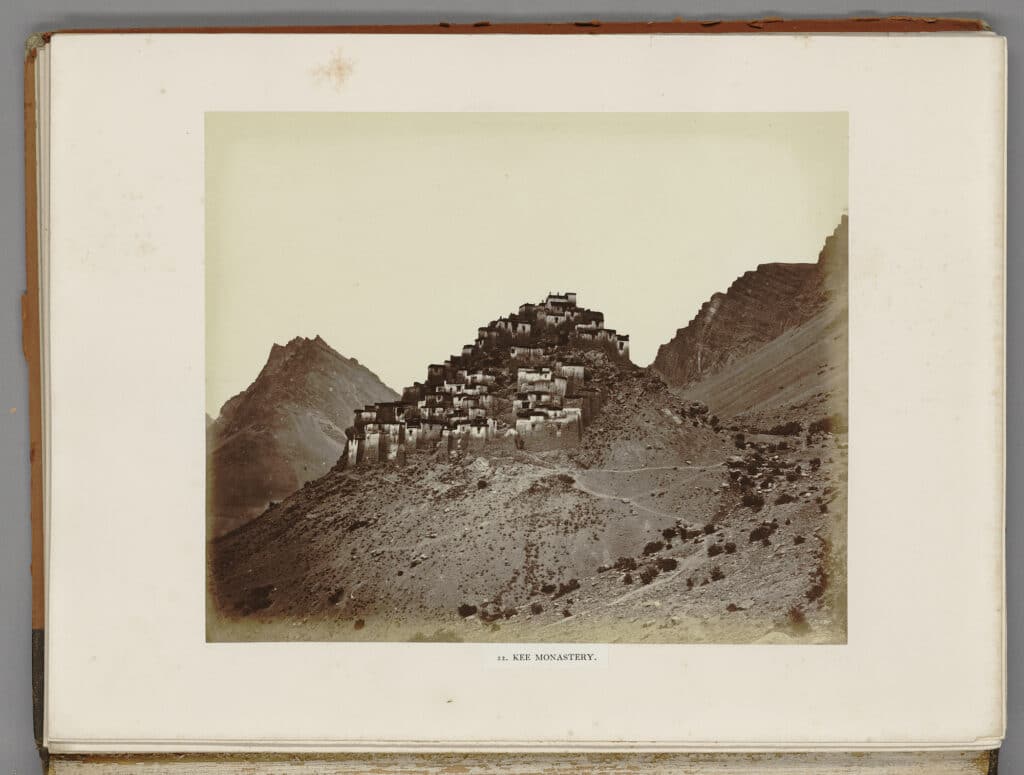
Photographs: An Early Album of the World (1842–1911), Musée du quai Branly-Jacques Chirac, Paris, France, April 4 to July 2, 2023.

